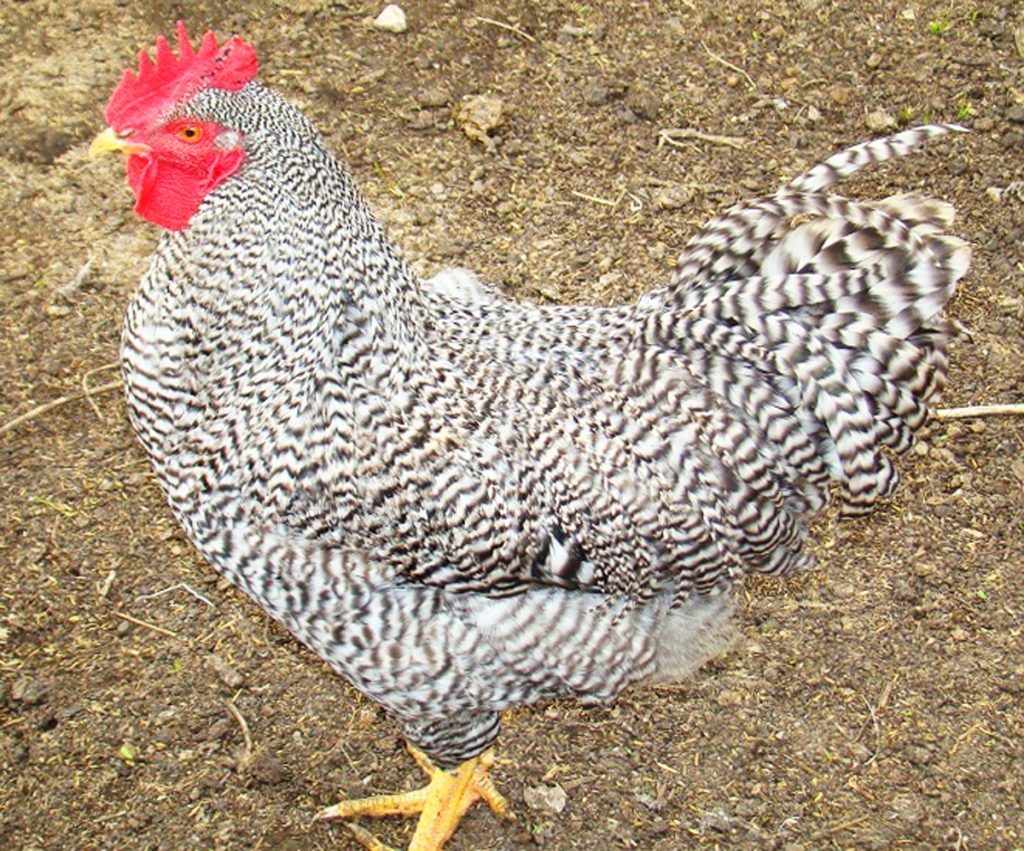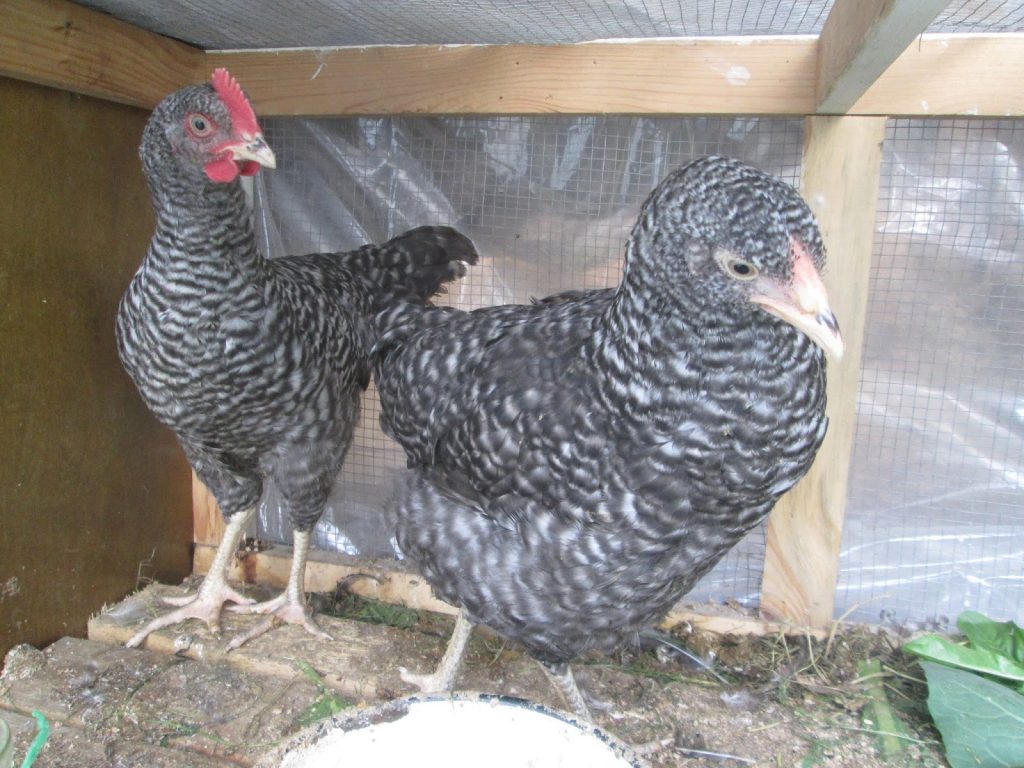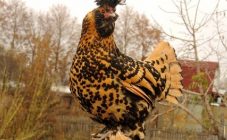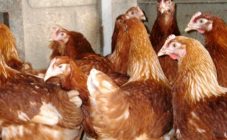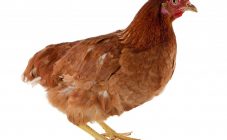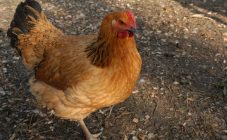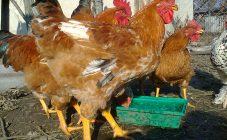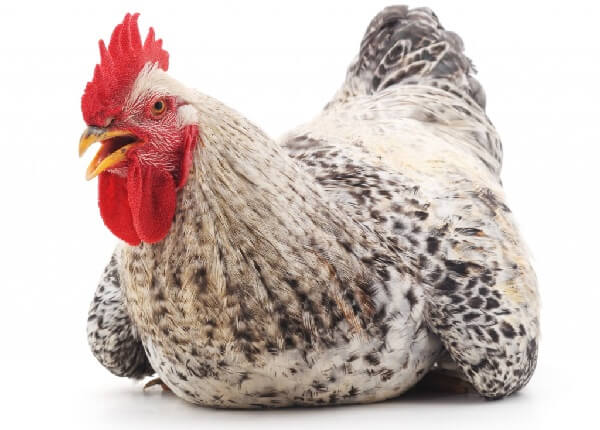Content:
Among all types of poultry, chicken is the most common in the household. Growing it is a small business for some, but mostly layers are bred for personal consumption.
The history of domestication of this bird goes back thousands of years, and the beginning of this process was laid in the south of Asia. The progenitors of all currently known breeds are the Banking jungle chickens. Over the long history of the domestication of this bird by humans, hundreds of chicken breeds have been bred.
All currently known chicken breeds have the following definitions:
- Egg. The main difference between the chicken of the egg breed is the early onset of puberty and high egg production.
- Meat. The people call all the representatives of these numerous breeds in one word - broiler. These chickens are large in body weight.
- Egg and meat. This is the golden mean between egg and beef breeds.
Chicken Amroks is a typical representative of the egg-meat breed. This breed was officially registered in the middle of the 20th century. and soon became very popular not only with farmers, but also with owners of small subsidiary farms. And all this is due to such her qualities as high productivity and unpretentious care.
Characteristics of Amroks breed chickens
The description of this breed should start with its funny appearance. In an adult chicken, feathers are loose and slightly bristled. Each feather has a black edging at the end, so its color from the side resembles a vest. The alternation of gray and white stripes makes her outfit colorful and austere at the same time. Newly hatched chickens, already on the second day of their life, have black fluff on the back and sides, and white spots on their tummies.
In an adult chicken, the black stripes are wider than the light ones; in males, their width is the same. This makes the rooster's outfit look paler than that of a chicken.
The bird's head is not large. The fleshy crest is leaf-shaped and bright red in color. Earrings and front of the same color. The hen's comb and earrings are not as bright as that of a rooster.
Both the chicken and the rooster have a long and voluminous body. But since the female's feathers do not fit tightly to the body, visually the chicken looks larger.
The chest of this breed is wide, the bones are heavy. The fluffy tail with pronounced sickle-shaped feathers gives the bird a special appeal.
Productivity
Rooster Amroks can gain weight up to 4 kg. The chicken grows up to 3-3.4 kg.
Amrox is a breed of chickens characterized by increased egg production. In the first year, one hen can lay up to 220 eggs. In the second year, its productivity drops to 200 eggs. The egg production of any breed of chickens largely depends on the conditions of their keeping, but on average it is 180-200 eggs per year. They begin to rush at the age of 5-6 months and, with proper feeding and light conditions, continue this for almost the entire year. A short break is observed during the moulting period of the bird.
The egg tastes great. Its average weight is 57 g. The color of the shell is light brown.
The characteristic of chickens of the Amroks breed will not be complete, if you do not mention such its feature as omnivorousness.In addition to all that the hostess feeds her, the chicken does not disdain either grass, or insects and worms.
Features of the content
Besides the fact that Amroks chickens develop quickly, they can perfectly adapt to the environment. Thanks to these two qualities, this breed has become popular. If desired, any novice poultry breeder can breed these beautiful birds. It does not require the creation of any special conditions for containment. A spacious poultry house and a small walking yard are all they need. The requirements for the conditions of detention are the simplest, and are as follows:
- the room where the bird is kept must be dry, since any chicken does not tolerate dampness;
- the presence of natural ventilation, without it, mold will surely start in the chicken coop, and the development of pathogenic bacteria and viruses will become inevitable;
- in the house, as well as in the yard where the hen walks, dry wood ash should always be available. It is a natural and very effective remedy for combating parasites that can easily grow in downy feathers. The chicken loves to bathe in ash;
- from time to time, the floor in the hen house needs to be disinfected with lime.
Breeding and nutrition
Amrox chickens can hatch and grow up without much hassle from the owners. A hen of this breed is a wonderful brood hen and a caring mother for her brood.
The basis of nutrition for young animals are: crushed grain, millet and other small grains. In the first month of life, the chickens are mixed with a crushed egg. Then, gradually, various greens, bran, boiled potatoes, and grated vegetables are added to the diet. After about 2 months, the chicks can be fed with corn. Fish oil can be added to the diet at the same time.
But the basis of nutrition is the grain of various cereals, however, greens must be present in the diet. To strengthen the bones of the bird and improve its digestion, eggshells are added to the feed. It also helps the hen to lay eggs regularly. To make the meat tasty and juicy, meat and bone meal is mixed into the feed.
Advantages of Amrox chickens:
- productivity;
- high quality meat and eggs;
- unassuming care;
- the instinct of incubating eggs.
The disadvantages include the high price of hatching eggs and chicks. However, despite this, in general, the Amroks breed can be recommended for breeding in a personal plot.
